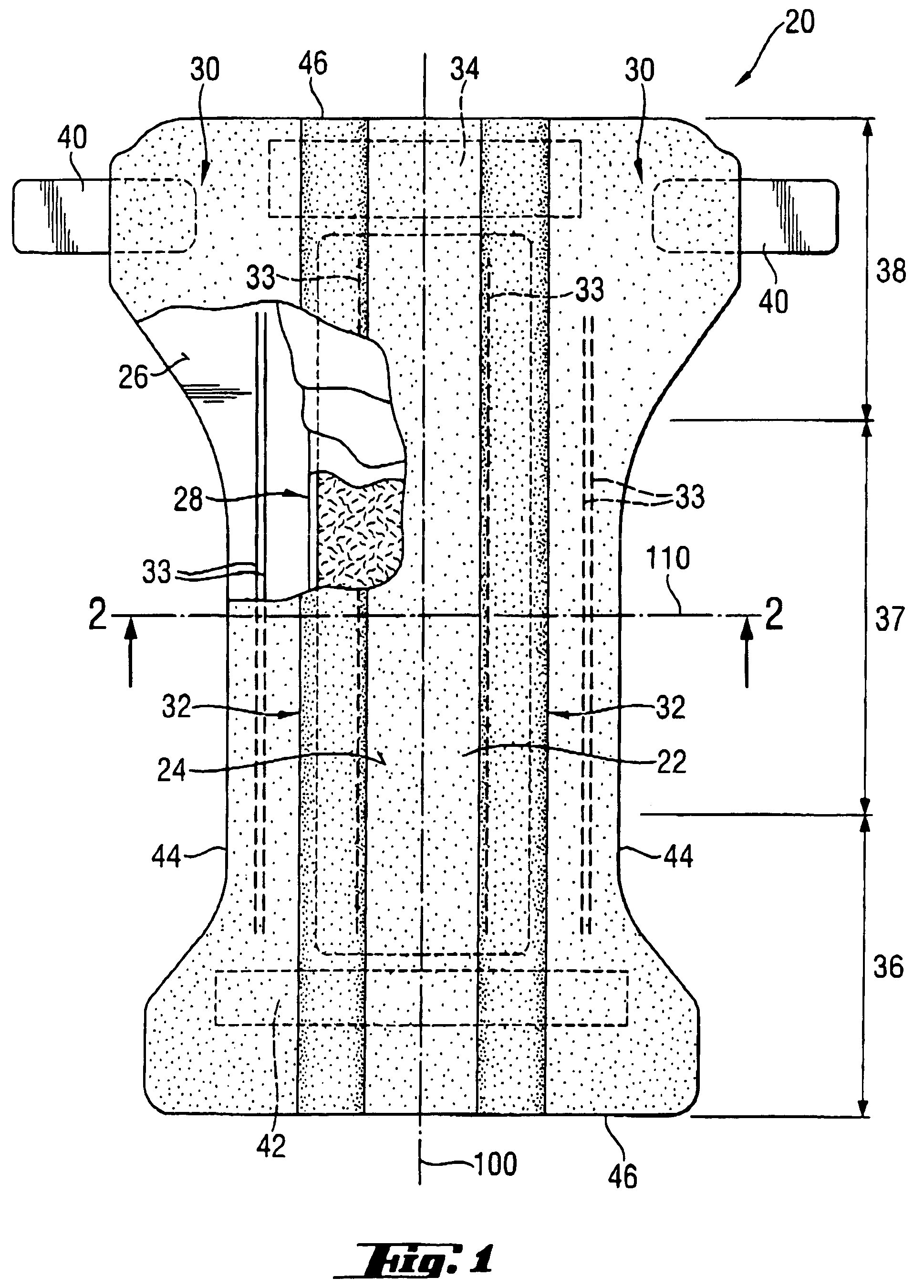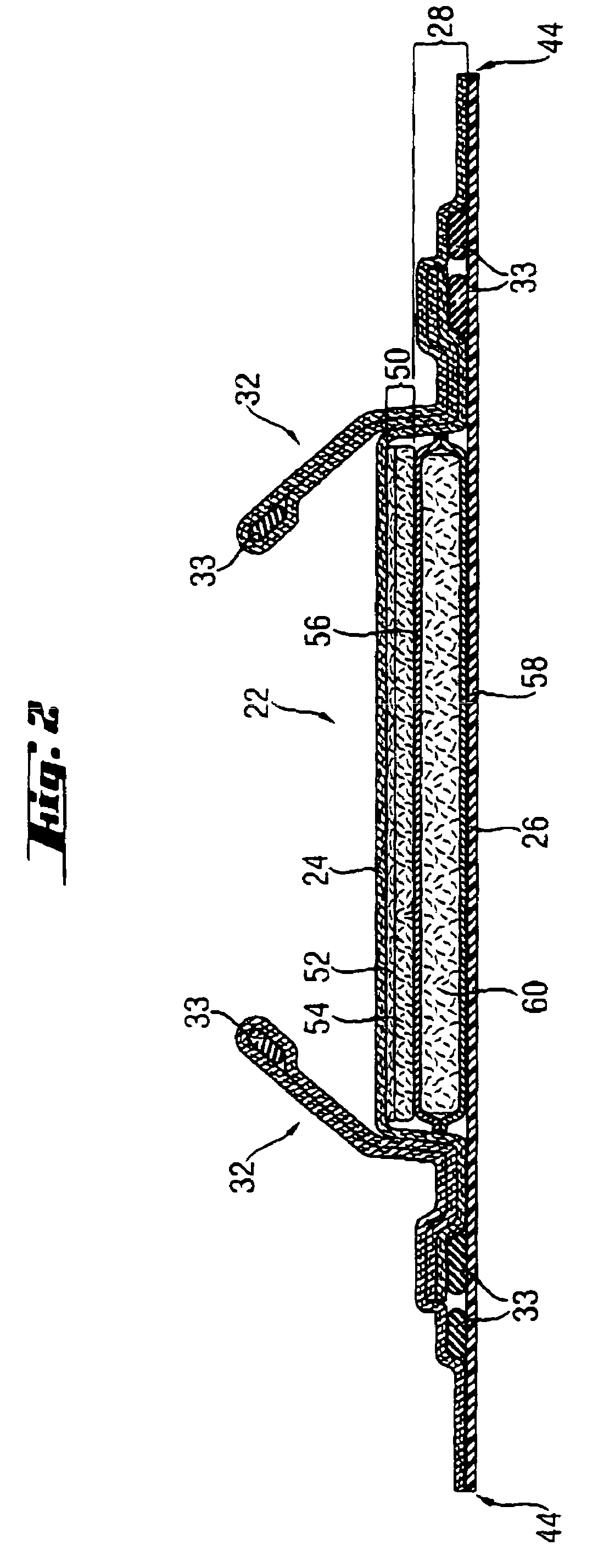Superabsorbent polymers having radiation activatable surface cross-linkers and method of making them
a surface cross-linker and super-absorbent technology, applied in the field of super-absorbent polymer particles, can solve the problems of affecting affecting the absorption speed of liquid, and taking a relatively long time, so as to facilitate the absorption of liquid, reduce the osmotic pressure, and increase the capacity of sap particles and the speed of liquid absorption
- Summary
- Abstract
- Description
- Claims
- Application Information
AI Technical Summary
Benefits of technology
Problems solved by technology
Method used
Image
Examples
Embodiment Construction
[0034]The SAPs according to the present invention comprise a homopolymer of partially neutralized α,β-unsaturated carboxylic acid or a copolymer of partially neutralized α,β-unsaturated carboxylic acid copolymerized with a monomer copolymerizable therewith. Furthermore, the homo-polymer or copolymer comprised by the SAP comprises aliphatic groups, wherein at least some of the aliphatic groups are at least partially exposed on the surface of the superabsorbent polymer particles
[0035]SAPs are available in a variety of chemical forms, including substituted and unsubstituted natural and synthetic polymers, such as carboxymethyl starch, carboxymethyl cellulose, and hydroxypropyl cellulose; nonionic types such as polyvinyl alcohol, and polyvinyl ethers; cationic types such as polyvinyl pyridine, polyvinyl morpholinione, and N,N-dimethylaminoethyl or N,N-diethylaminopropyl acrylates and methacrylates, and the respective quaternary salts thereof. Typically, SAPs useful herein have a multipl...
PUM
| Property | Measurement | Unit |
|---|---|---|
| temperatures | aaaaa | aaaaa |
| temperature | aaaaa | aaaaa |
| temperature | aaaaa | aaaaa |
Abstract
Description
Claims
Application Information
 Login to View More
Login to View More - R&D
- Intellectual Property
- Life Sciences
- Materials
- Tech Scout
- Unparalleled Data Quality
- Higher Quality Content
- 60% Fewer Hallucinations
Browse by: Latest US Patents, China's latest patents, Technical Efficacy Thesaurus, Application Domain, Technology Topic, Popular Technical Reports.
© 2025 PatSnap. All rights reserved.Legal|Privacy policy|Modern Slavery Act Transparency Statement|Sitemap|About US| Contact US: help@patsnap.com



